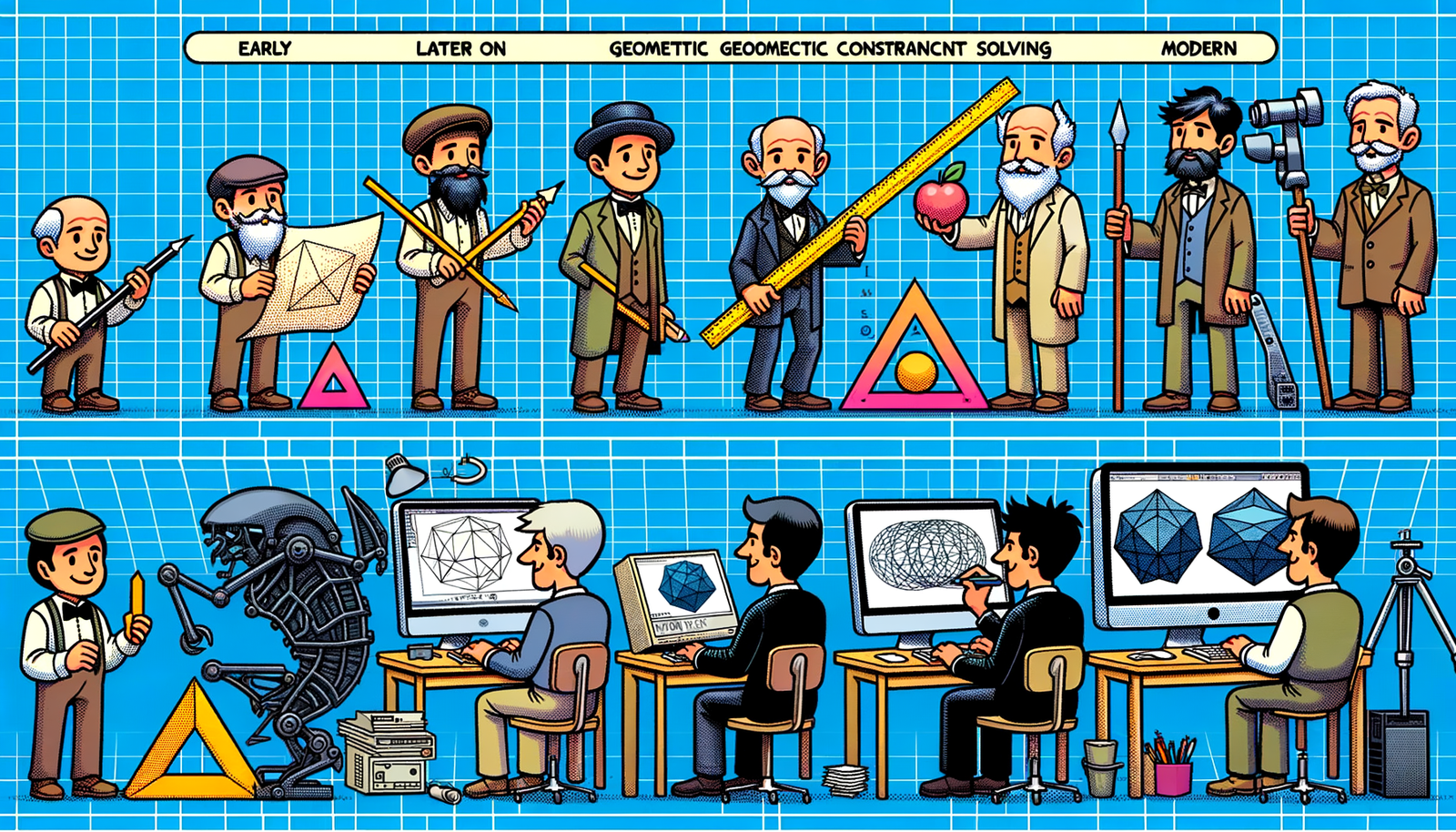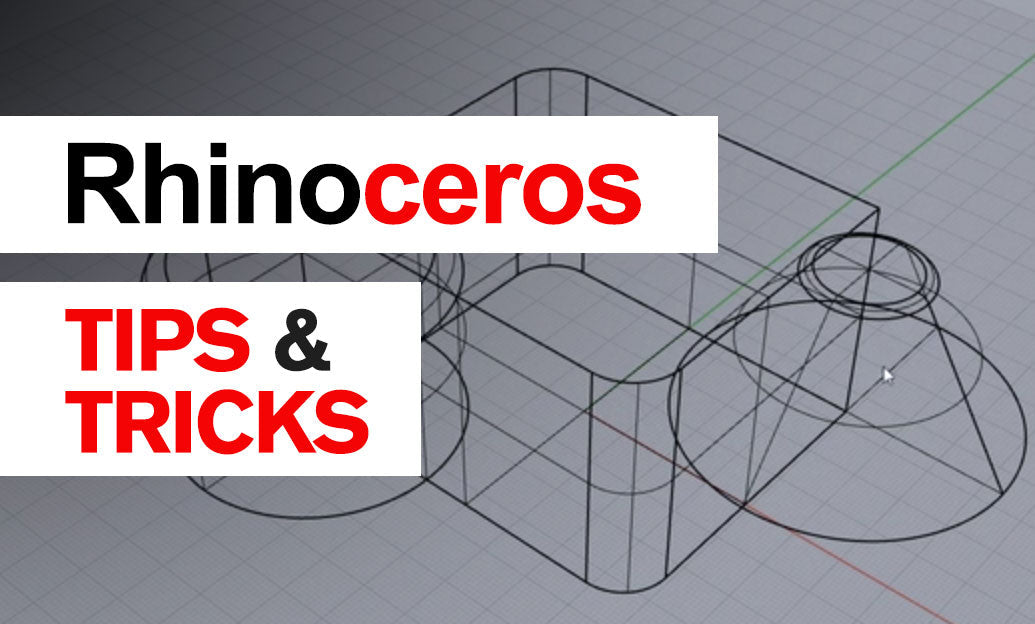Your Cart is Empty
Customer Testimonials
-
"Great customer service. The folks at Novedge were super helpful in navigating a somewhat complicated order including software upgrades and serial numbers in various stages of inactivity. They were friendly and helpful throughout the process.."
Ruben Ruckmark
"Quick & very helpful. We have been using Novedge for years and are very happy with their quick service when we need to make a purchase and excellent support resolving any issues."
Will Woodson
"Scott is the best. He reminds me about subscriptions dates, guides me in the correct direction for updates. He always responds promptly to me. He is literally the reason I continue to work with Novedge and will do so in the future."
Edward Mchugh
"Calvin Lok is “the man”. After my purchase of Sketchup 2021, he called me and provided step-by-step instructions to ease me through difficulties I was having with the setup of my new software."
Mike Borzage
Revit Tip: Optimizing Revit Project Files: Best Practices for Using the Purge Unused Feature
April 13, 2024 2 min read

When working with Revit, one key aspect to maintaining an efficient and clean project file is to regularly optimize it by purging unused elements. This not only helps in reducing the file size, but it can also improve the software's performance. Let's delve into how to make the most of the 'Purge Unused' feature in Revit.
- Regular Maintenance: Make a habit of purging unused elements regularly, especially before major submissions or sharing the model with others. This practice keeps the file lean and reduces unnecessary clutter that can slow down the model's performance.
- Understand What Gets Purged: 'Purge Unused' removes elements that are not placed in the model, such as unused families, materials, or styles. However, it does not remove elements that are in use, even if they're not visible in the current view.
- Check Dependencies: Before purging, Revit will show a list of items to be removed along with their dependencies. Review this list carefully to ensure that purging certain elements will not affect your design intent or the necessary components in your project.
- Don't Forget to Audit: Combine the use of 'Purge Unused' with the 'Audit' feature. Auditing your project can fix errors in the database and can be done by clicking the 'Audit' checkbox when opening a Revit file. This step can further enhance project performance.
- Save and Backup: Always save your model and create a backup before purging. In rare cases, purging can lead to unintended consequences; having a backup ensures you can revert to the previous state if needed.
- Use Purge Unused for Views and Sheets: Remember that 'Purge Unused' can be applied not only to model elements but also to views, sheets, and groups that are not placed on sheets or used in model views.
- Manage Shared Projects: In a shared project environment, communicate with your team before purging. This coordination ensures that items important to other team members are not inadvertently removed.
By effectively utilizing the 'Purge Unused' feature, you can maintain a more efficient Revit model, which is essential for collaboration, faster work, and ultimately delivering projects more successfully. For more tips and best practices with Revit, consider exploring resources and discussions at NOVEDGE, where professionals engage in sharing valuable insights about Revit and other CAD software.
```You can find all the Revit products on the NOVEDGE web site at this page.
Also in Design News

Bluebeam Tip: Maximize PDF Security and Efficiency with Bluebeam Revu's Flatten Tool
December 02, 2024 1 min read
Read More
Design Software History: Evolution and Impact of Geometric Constraint Solving in CAD History
December 02, 2024 2 min read
Read More
Rhino 3D Tip: Enhancing Scale Modeling Accuracy in Rhino 3D: Essential Tips for Designers and Engineers
December 02, 2024 2 min read
Read MoreSubscribe
Sign up to get the latest on sales, new releases and more …


